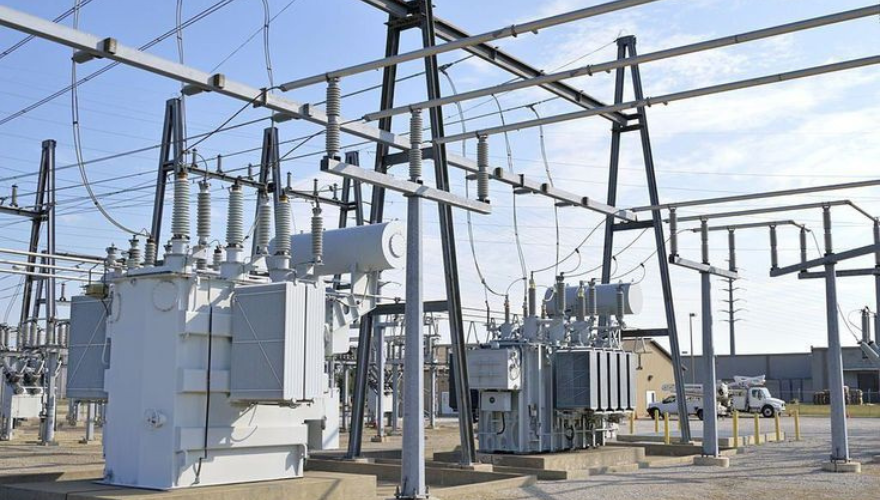
In the complex web of our modern electrical infrastructure, transformers play a crucial role. These devices, though often overlooked, are essential for ensuring the reliability and efficiency of electricity distribution. Understanding transformers and their functions can provide valuable insights into how our electrical systems operate and why they are indispensable to our daily lives. This blog delves into the importance of transformers in maintaining a reliable electrical infrastructure.
What is a Transformer:
A transformer is an electrical device that transfers electrical energy between two or more circuits through electromagnetic induction. Its primary function is to change the voltage levels between circuits, which is vital for the efficient transmission and distribution of electricity. Transformers come in various sizes and types, each designed for specific applications, from small units used in electronic devices to large power transformers in substations.
Voltage Transformation: Ensuring Efficient Power Transmission:
One of the fundamental roles of transformers is to transform voltage levels. Electricity is generated at power plants at relatively low voltages. However, transmitting electricity over long distances at low voltages would result in significant energy losses. To mitigate these losses, transformers step up the voltage to high levels, often in the range of hundreds of thousands of volts, for long-distance transmission. Once the electricity reaches its destination, other transformers step down the voltage to safer levels for distribution to homes, businesses, and industries. This process ensures that electricity is transmitted efficiently with minimal losses.
Supporting Grid Stability:
Transformers are essential for maintaining the stability of the electrical grid. They help manage the flow of electricity, ensuring that power is distributed evenly and efficiently across the grid. By regulating voltage levels and redistributing power loads, transformers prevent overloads and reduce the risk of power outages. This balancing act is particularly important as the grid integrates more renewable energy sources, which can be variable and intermittent. Transformers help smooth out these fluctuations, contributing to a stable and reliable power supply.
Enhancing Safety and Reducing Risks:
Transformers play a vital role in enhancing the safety of electrical systems. By stepping down high-voltage electricity to lower, safer levels, they reduce the risk of electrical hazards such as shocks and fires. This is especially important in residential and commercial settings, where safety is paramount. Modern transformers are also equipped with advanced protection systems that can detect faults and isolate damaged sections of the grid, further enhancing safety and reducing the likelihood of widespread outages.
Facilitating Renewable Energy Integration:
As the world moves towards sustainable energy solutions, transformers are increasingly important in integrating renewable energy sources into the grid. Renewable sources like solar and wind power generate electricity at varying voltages and frequencies. Transformers convert this electricity to compatible voltage levels, ensuring seamless integration with the existing grid infrastructure. This capability is crucial for promoting the use of clean energy and reducing dependence on fossil fuels.
Innovations in Transformer Technology:
Technological advancements are continually improving transformer efficiency and performance. Innovations such as smart transformers, which are equipped with sensors and communication capabilities, enable real-time monitoring and control of electrical systems. These transformers provide valuable data that can be used for predictive maintenance, rapid fault detection, and optimized energy distribution. Other advancements include eco-friendly transformers that use sustainable materials and designs to reduce environmental impact.
The Role of Transformers in Energy Efficiency:
Transformers are key to enhancing the overall energy efficiency of electrical systems. By minimizing energy losses during transmission and distribution, they ensure that more of the generated electricity reaches its end-users. This is particularly important in an era of increasing energy demand and environmental concerns. High-efficiency transformers, such as those using amorphous metal cores, can significantly reduce energy waste, contributing to lower energy costs and reduced greenhouse gas emissions.
Conclusion:
Understanding transformers and their role in electrical infrastructure is crucial for appreciating how modern power systems operate. Transformers are essential for voltage transformation, grid stability, safety, renewable energy integration, and overall energy efficiency. As technology continues to evolve, transformers will play an even more critical role in ensuring a reliable, efficient, and sustainable electrical infrastructure. By recognizing their importance, we can better appreciate the intricate systems that power our daily lives and support a sustainable energy future.


